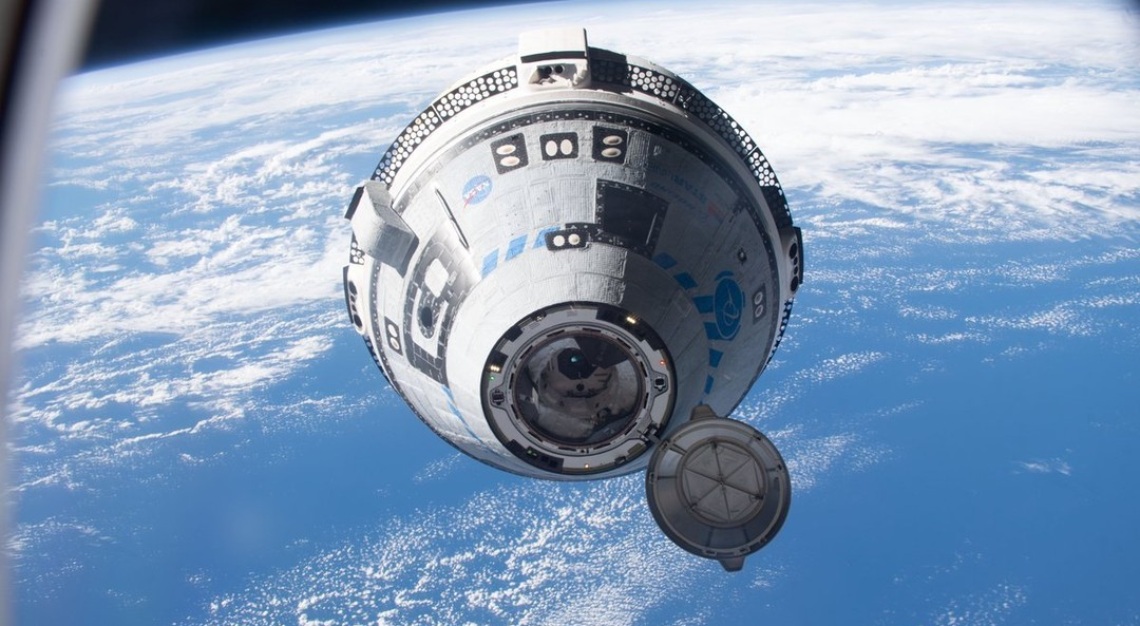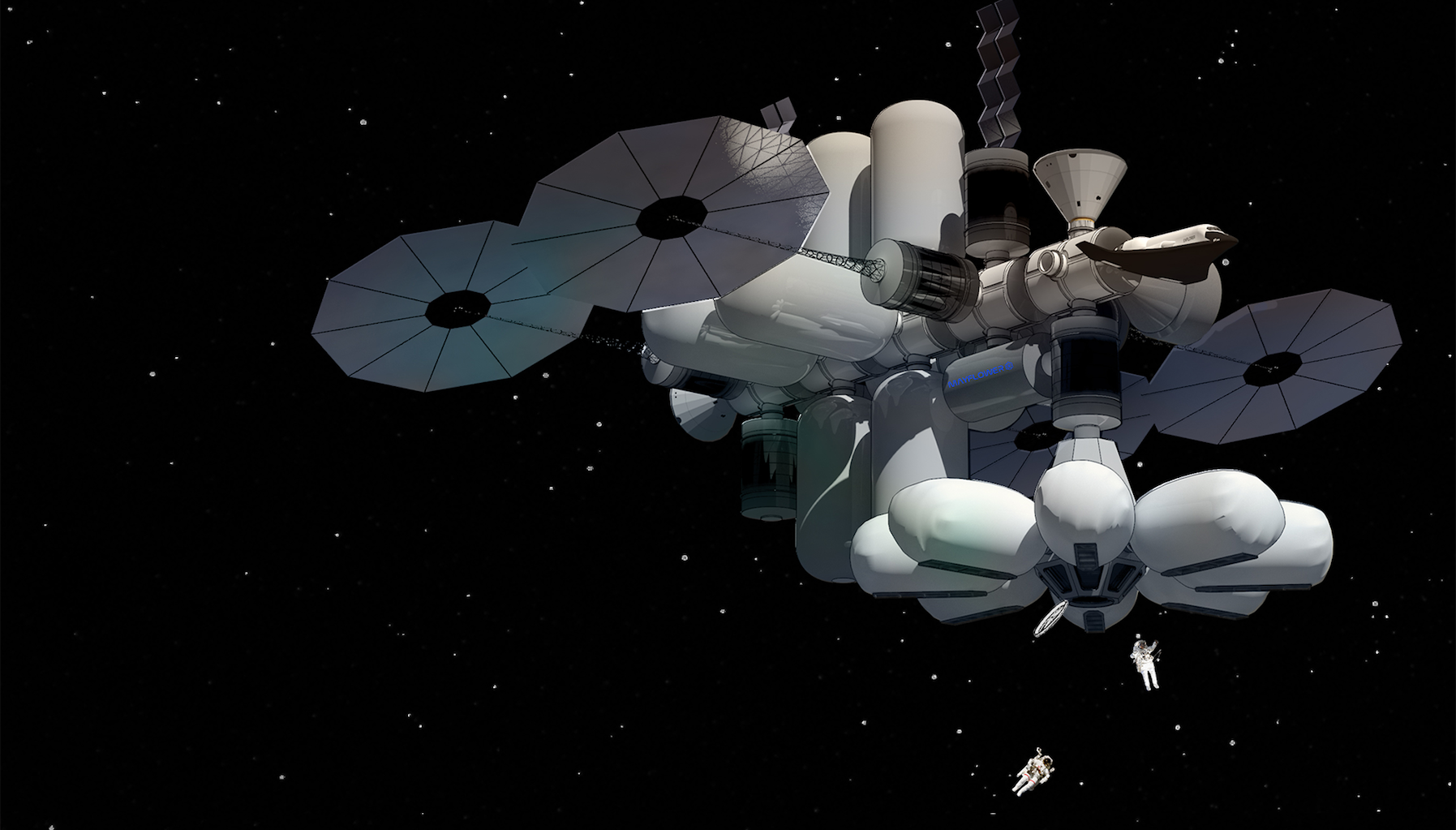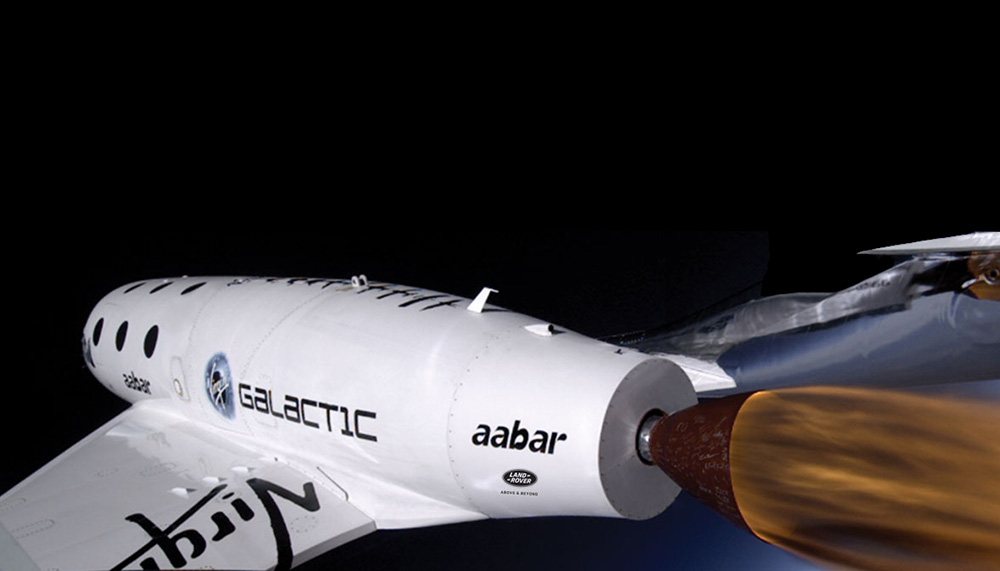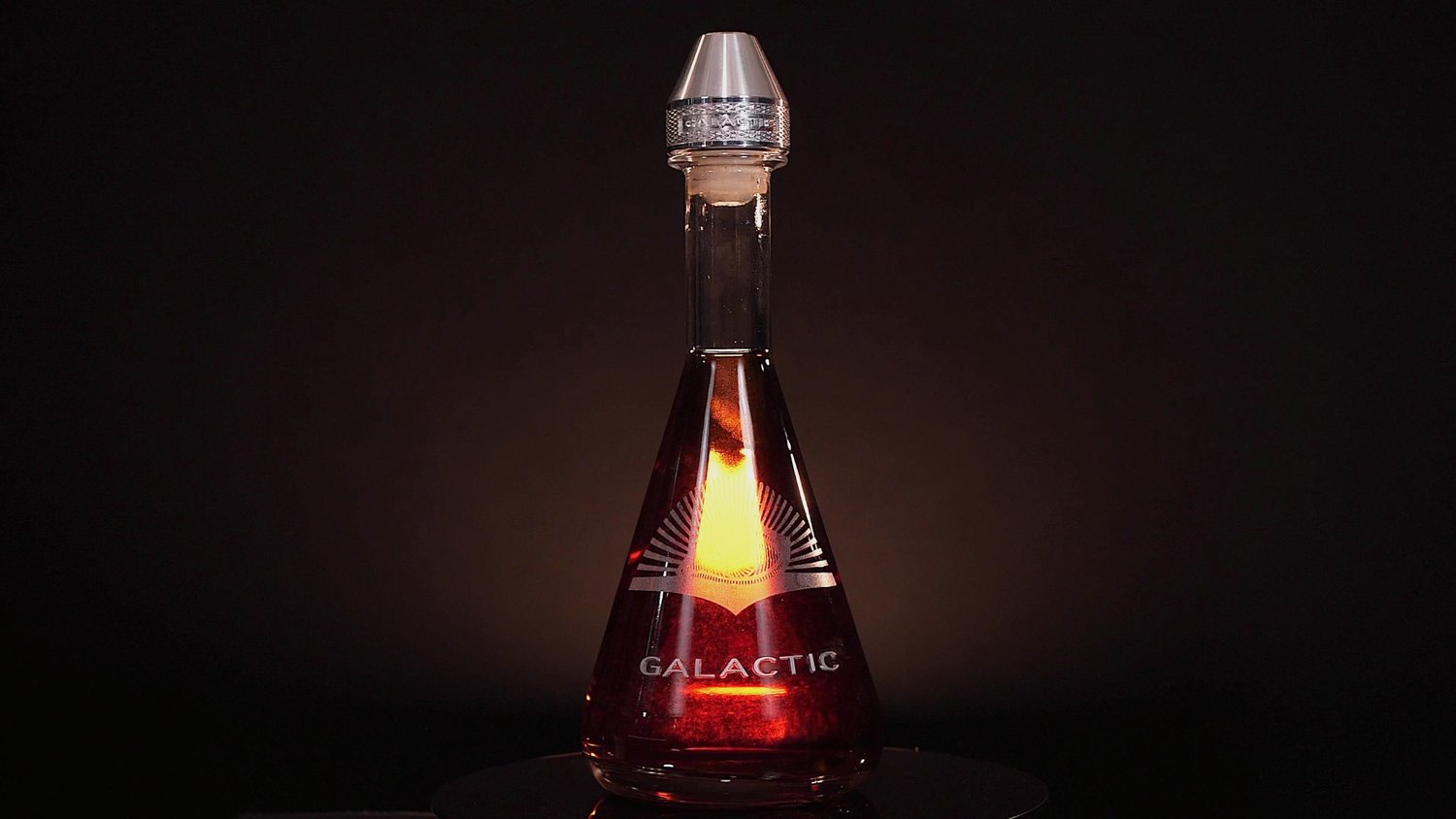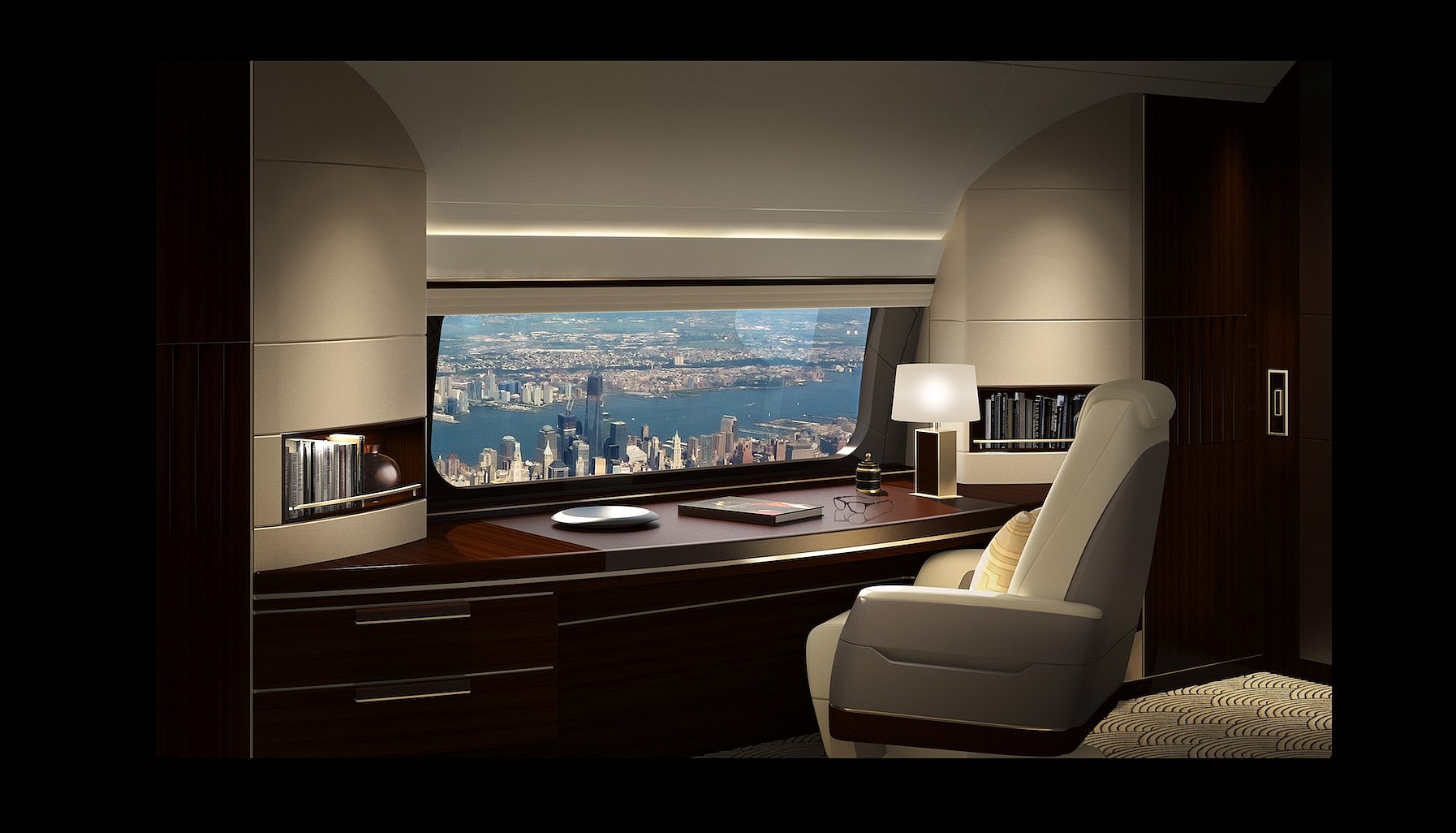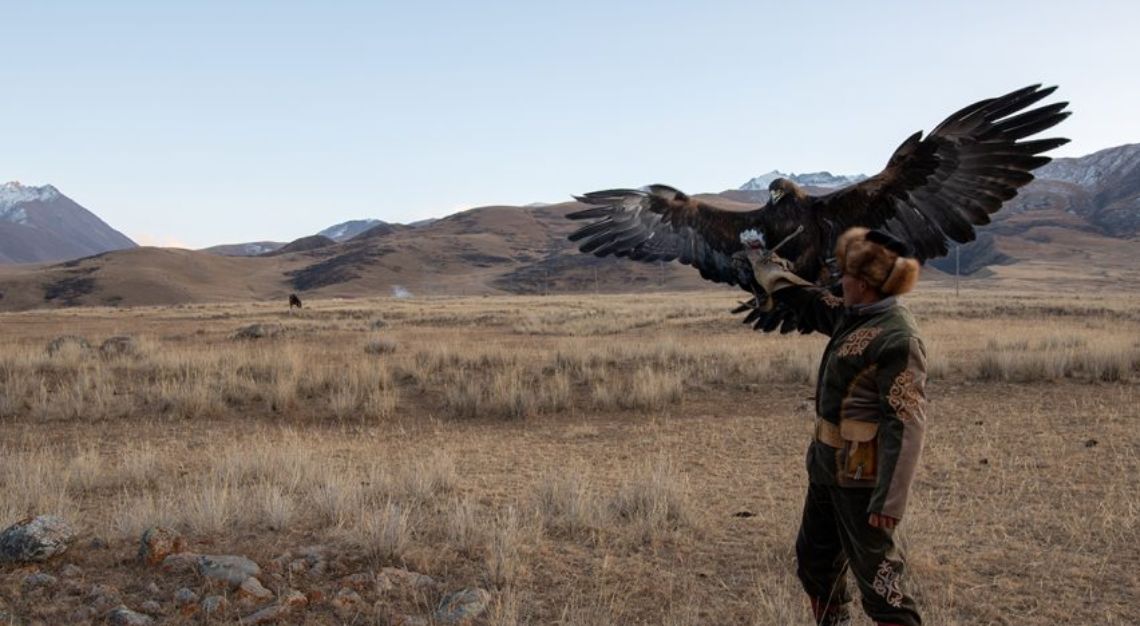Following a successful unmanned flight with a mannequin as a passenger, NASA is now preparing the Starliner for carrying living crew
For a long time – nine years, to be exact, NASA astronauts didn’t have a regular ride to the International Space Station (ISS). After the Space Shuttle Program was halted in 2011 due to crippling costs, NASA had to depend on Russian Soyuz spacecraft to ferry its employees between Earth and the ISS.
It wasn’t until 2020 when the agency’s commercial crew programme, which it developed with private business partners to replace the Space Shuttle Program, finally came to fruition. That year, Space X’s Dragon successfully carried two astronauts to the ISS and returned them safely to Earth two months later, marking a new era of cooperation between NASA and private corporations.
For the last two years since that inaugural flight, SpaceX has enjoyed a monopoly on NASA’s Earth-to-ISS route, but not anymore. Boeing’s Starliner could be plying the same route by the end of this year.
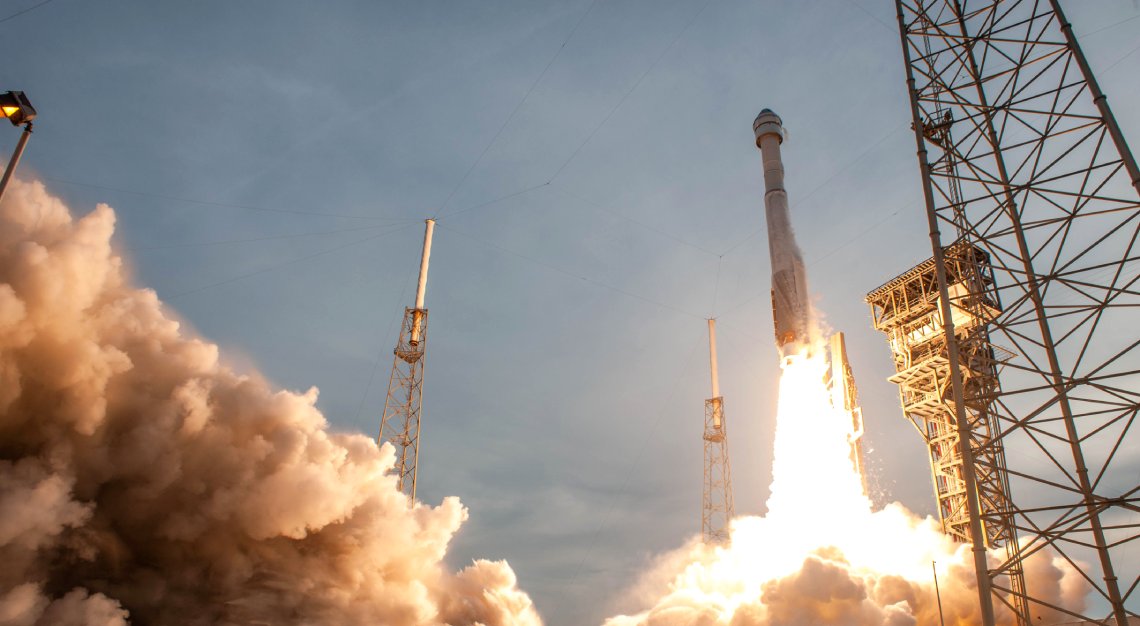
The starliner proved its mission-worthiness last month with the success of the Orbital Flight Test 2 (OFT-2) mission. It carried Rosie the Rocketeer, a mannequin, along with more than 180kg of supplies such as food, clothes, and sleeping bags, to the ISS on 19 May and landed safely on 25 May. The uncrewed journey relied on Vision-based Electro-optical Sensor Tracking Assembly (VESTA), an artificial vision navigation system that guided the craft as it docked with the ISS.
Rosie’s safe return is a true triumph for the Starliner, which has been plagued by mishaps in its attempts to go to space. In December 2019, the first OFT mission, the OFT-1, failed when the craft burnt through all its propellant after launch due to software glitches. It got into orbit at a height of about 250km, but never made it to the ISS. A second attempt in August last year did not even take off after problems with the oxidiser valves in the propulsion system were discovered during prelaunch preparations.
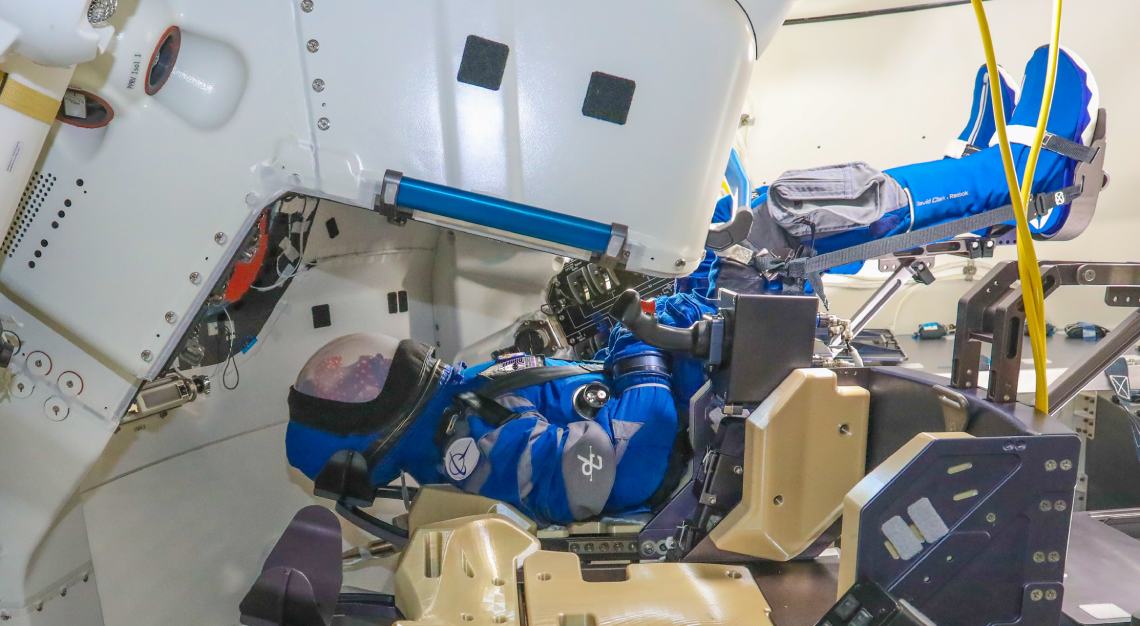
The recent success has boosted NASA’s confidence in Boeing’s craft and paved the way for the Crew Flight Test (CFT). The space agency and the aerospace company are currently analysing data taken from the OFT-2 to determine if any fixes are upgrades are necessary before the Starliner is deemed fit to carry a living, breathing crew. If all goes well, NASA will complete a launch schedule assessment for CFT by the end of next month.
Boeing Starliner and NASA
